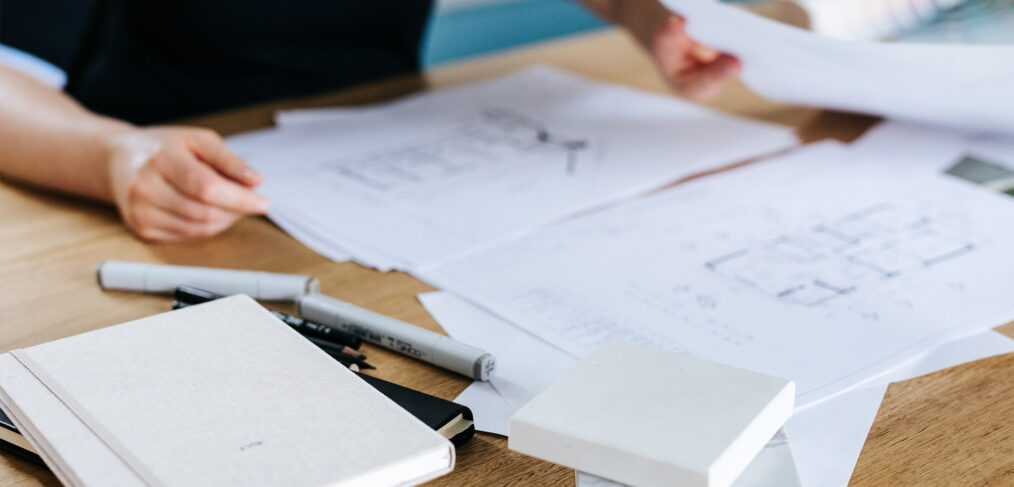
How to Manage Design Decisions
Everyday life is already filled with a seemingly never-ending series of decisions. Some of these decisions are big and many you will barely notice you are making. Cornell University research estimated that the average adult makes around 35,000 decisions every day! On top of all these, the process of designing a home is packed full of even more decisions.
Decision fatigue refers to the sense of overwhelm people feel when they are required to make too many decisions. According to one study, the decisions you make during the day draw on a single reserve of mental energy. This includes all decisions, whether they are less important or particularly weighty. As people become more fatigued, decisions are harder to make. You can read more here and here.
At Maike Design, we use a clear process to that breaks decisions into manageable groups. Each of our stages focusses on finalising specific elements of the design in a carefully ordered progression.
The initial stages of our process set the foundation of the design. We respond to existing conditions of the site, neighbourhood, and original building. The overarching approach sets the conceptual intention of the design, the layout of the plan and is the baseline of the design direction for the entire project. Working through our process, the decisions become more detailed until we have a fully fleshed out design – documented and ready for construction.
By staging the process in this way, each decision sits in the context of the ones prior. While there is an overwhelming array of choices for every element of a design, ours are narrowed down to those that fit within the framework we have already put in place. Using our design knowledge and expertise, we curate these to present the best two or three options. And just like that, the choice becomes easily manageable.
Here are a few ways you can minimise overwhelm and impact of decisions fatigue through your design project:
Work with an Architect or Designer you Trust.
Take their advice on board and voice your thoughts and questions. Understand the theory and reasoning behind the design to help you to feel confident in your choices. Working as a team will result in a considered and individual design.
Consider how involved you want to be.
Before you begin the project, consider how involved you want to be and discuss this with your designer. Be sure to raise it again if at any point your preference changes. Some clients love being heavily involved. Many of our clients work with us because they trust that we will taking care of decisions while keeping them up to date with the key milestones. Delegate decisions to your designer at a level you are comfortable with.
Remember your design is for you, not for everyone else.
As tempting as it is to gather opinions from everyone you know, multiple, differing points of view can make decisions even harder to make. Find someone you trust as a sounding board – but don’t forget to discuss your ideas and priorities with your designer so they can respond to them through the design process.
Give yourself time.
When you have a review meeting with your designer, create some space around the timeslot so you can go into your meeting with a clear mind. After the meeting, put aside time to absorb the information. This should be a time when you have the capacity to consider how your design will meet your specific requirements and make your life wonderful.
